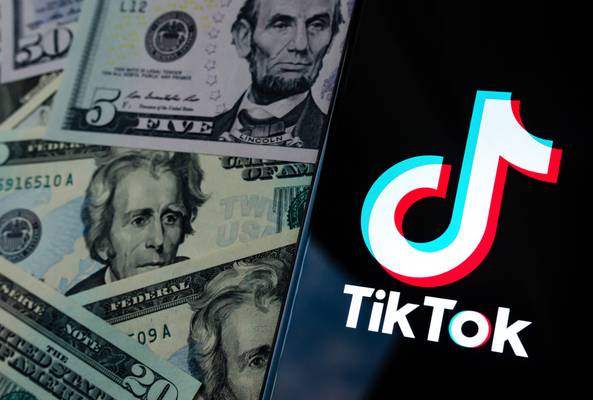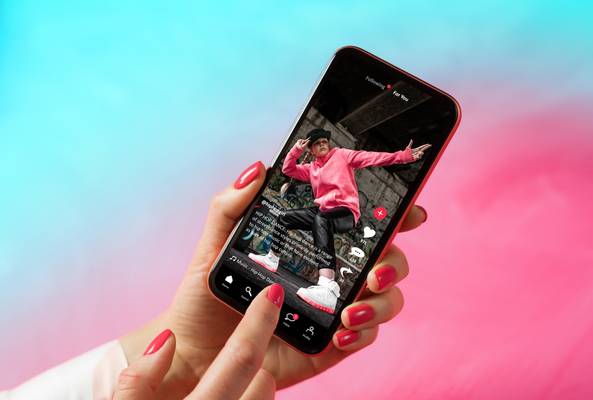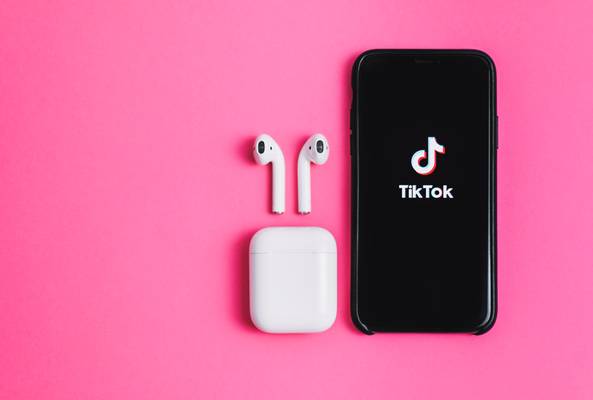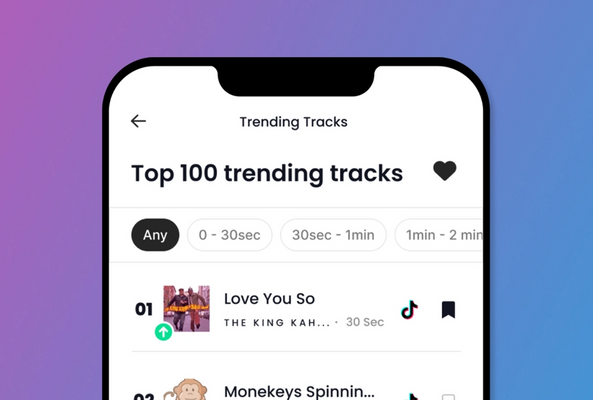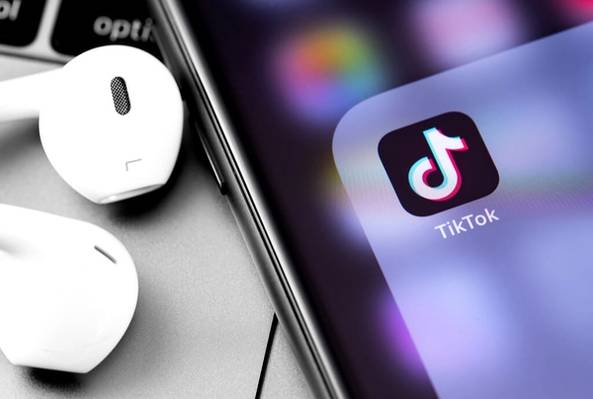In addition to being an avid movie and gaming enthusiast, Uttaran Samaddar is an experienced writer who has lent his creativity and unique perspective to various publications. He loves hearing and telling stories.
The TikTok Ban Date is Coming: Are You Prepared?
The repeated extensions of the TikTok ban deadline highlight the platform's uncertain future in the U.S. While the immediate threat of a ban has lessened, creators should not become complacent. The ongoing negotiations and geopolitical tensions suggest that the situation remains fluid.
As of April 2025, the anticipated TikTok ban has been postponed once more. President Donald Trump extended the deadline by an additional 75 days, citing the need for further negotiations to secure all necessary approvals. This extension follows China's hesitation to approve a deal for selling TikTok's U.S. operations, a response to the U.S. imposing significant tariffs on Chinese goods.
TikTok Ban Date and Its Implications
In April last year, U.S. President Joe Biden signed a historic foreign aid bill that stated TikTok would be removed from app stores and blocked by internet service providers because of their ties to Chinese owners, ByteDance. Unless action is taken by the Supreme Court, the TikTok ban is scheduled to go into effect on January 19th.
Lawmakers in the U.S. are concerned about TikTok’s ties to China and the security of user data. They’ve questioned whether ByteDance, TikTok’s parent company, could be forced to share information with the Chinese government. This has sparked bipartisan support for a ban in 2025.
Stop Guessing. Start Growing.
Join 20M+ creators using vidIQ to get more views, subscribers, and success on YouTube.

This isn’t the first time TikTok has been under scrutiny. Remember when the Trump administration tried to ban it in 2020? Back then, the effort fizzled out in court, but it hinted that the administration might have lifted the ban if ByteDance agreed to sell TikTok’s U.S. operations to an American company. Oracle and Walmart were considered potential buyers, and although no deal was finalized, it showed us that diplomatic and business negotiations could influence the platform’s fate.
Previously, the Biden administration initially focused on privacy regulations rather than an outright ban, pressure has increased due to heightened tensions between the US and China. With many states banning TikTok on government devices and renewed momentum in Congress, the pressure is mounting.
Now, the latest delay underscores the intricate link between international trade policies and technology operations. Creators should remain vigilant, as the evolving political landscape continues to influence the platform's accessibility and future in the U.S.
What Does This Mean for TikTok Creators?
If TikTok gets banned in the U.S., creators relying on the platform for their income and audience growth face a critical turning point. Not only does this threaten revenue streams, but it also disrupts communities built over the years. Many creators are now asking, "What will replace TikTok if it's banned?" and "Where are people going instead of TikTok?"
The impending TikTok ban presents both challenges and opportunities for content creators who have built their following on the platform. If the platform disappears, here are some ways it could impact your creator journey:
- Losing Your Audience: TikTok might be your main platform, and if it goes, so does your audience. That’s a very tough pill to swallow. Losing your existing audience base might affect your current monetization strategies and brand partnerships.
- Income at Risk: Those live gifts, brand partnerships, and the Creator Fund payouts? They’re tied to TikTok’s existence, and losing them could hurt your bottom line. Many creators have reported earning between $1,000 to $10,000 monthly through TikTok's Creator Fund and brand collaborations, making this a significant financial consideration.
- Brand Uncertainty: A lot of brands focus heavily on TikTok campaigns for marketing purposes. If the ban happens, they’ll pivot, leaving creators in limbo. This means interruption of existing marketing strategies and campaigns, especially for those who have scheduled content or ongoing brand partnerships extending into 2025. Many creators have already begun receiving revised contract terms from brands they’re tied to.
- Emotional Toll: Beyond finances, there’s the stress of potentially losing years of work and personal investment.
According to a report by Hubspot, Short-form content has the highest return on investment, with 57% of GenZ users calling it the content of their choice. The format is here to stay, whether TikTok gets banned or not. So, as a creator, it's time to prepare.
How are Creators Preparing for the TikTok Ban?
Forward-thinking TikTok content creators aren't waiting for the ban to take effect – they're already implementing strategic changes to protect and grow their digital presence. So, it’s time to not panic and take action, before you have to compete with the rest. Here is what you need to do:
Safeguarding Older Content
If TikTok shuts down, the years of content you have uploaded on the app face massive risk. Don’t leave your best work stranded on TikTok. Try to develop a comprehensive content backup strategy to preserve your existing work. Download all your TikTok content and organize it in a way that makes it easy to repurpose for other platforms. You may also consider using content management tools to streamline this process.
Building on Other Platforms
It’s all about reducing your dependency on TikTok. Think of this as your chance to spread your wings. There are a few behemoths that pose as great TikTok alternatives, no matter what your style of content is.
- YouTube Shorts: YouTube has a strong algorithm and monetization options, making it a great home for your content.
- Instagram Reels: Instagram’s established user base gives you a chance to reach a broader audience.
- Emerging Apps: Platforms like Clapper and Triller might not have TikTok’s reach yet, but they’re gaining traction
Image Source: Opace agency
TikTok creators are diversifying their social media presence across multiple platforms, with Instagram Reels, YouTube Shorts, and a few others emerging as primary alternatives. These platforms offer similar short-form video capabilities and have been actively courting TikTok creators with attractive creator funds and monetization opportunities.
Connecting Directly with Your Audience
Do you want to make sure your followers stick with you? Then, start building a more direct connection. Create a newsletter, launch a Discord server, or try platforms like Patreon. These tools let you maintain control over your community and income, no matter what happens to TikTok. This way, successful creators are focusing on building platform-agnostic personal brands that can thrive regardless of the specific social media environment.
Reinventing Monetization
If TikTok goes away, so do its monetization features. But you can still thrive by exploring new revenue streams. Think online courses, merch, or affiliate marketing. The key is not putting all your eggs in one basket and diversifying your monetization opportunities so that they are not platform-specific.
Learning New Skills
If you’ve been a TikTok-only creator so far, you might need to learn new skills that could heavily upgrade your content game as a whole. Optimizing your videos for YouTube search and other platforms will become very important with the influx of so many creators. We have a couple of tools at vidIQ that could help you with all that!
Content repurposing strategies have become increasingly important too, with creators making relevant content for multiple platforms simultaneously. This approach not only hedges against platform-specific risks but also maximizes the return on your content creation efforts.
The Future of Content Creation Without TikTok
While you still have time before the TikTok ban date is finally here, make sure you use this time wisely. You can leverage your bio to redirect followers to the new social media giants you’re thinking of migrating to. Stay informed about the latest developments regarding the ban and potential alternatives and keep updating your strategies as and when required.
The TikTok ban doesn’t have to mean the end of your creative journey-- it’s quite the opposite. The creator economy is supposed to roughly double in size over the next five years to $480 billion by 2027 from $250 billion today, and that only means newer and better opportunities! It is an exciting time for creators willing to adapt and explore the potential of their content across other platforms on the internet.
20k+ 5 Star Reviews
Ready to put this into action?
Use vidIQ to find your next video idea, pick better keywords, and optimize every upload.

